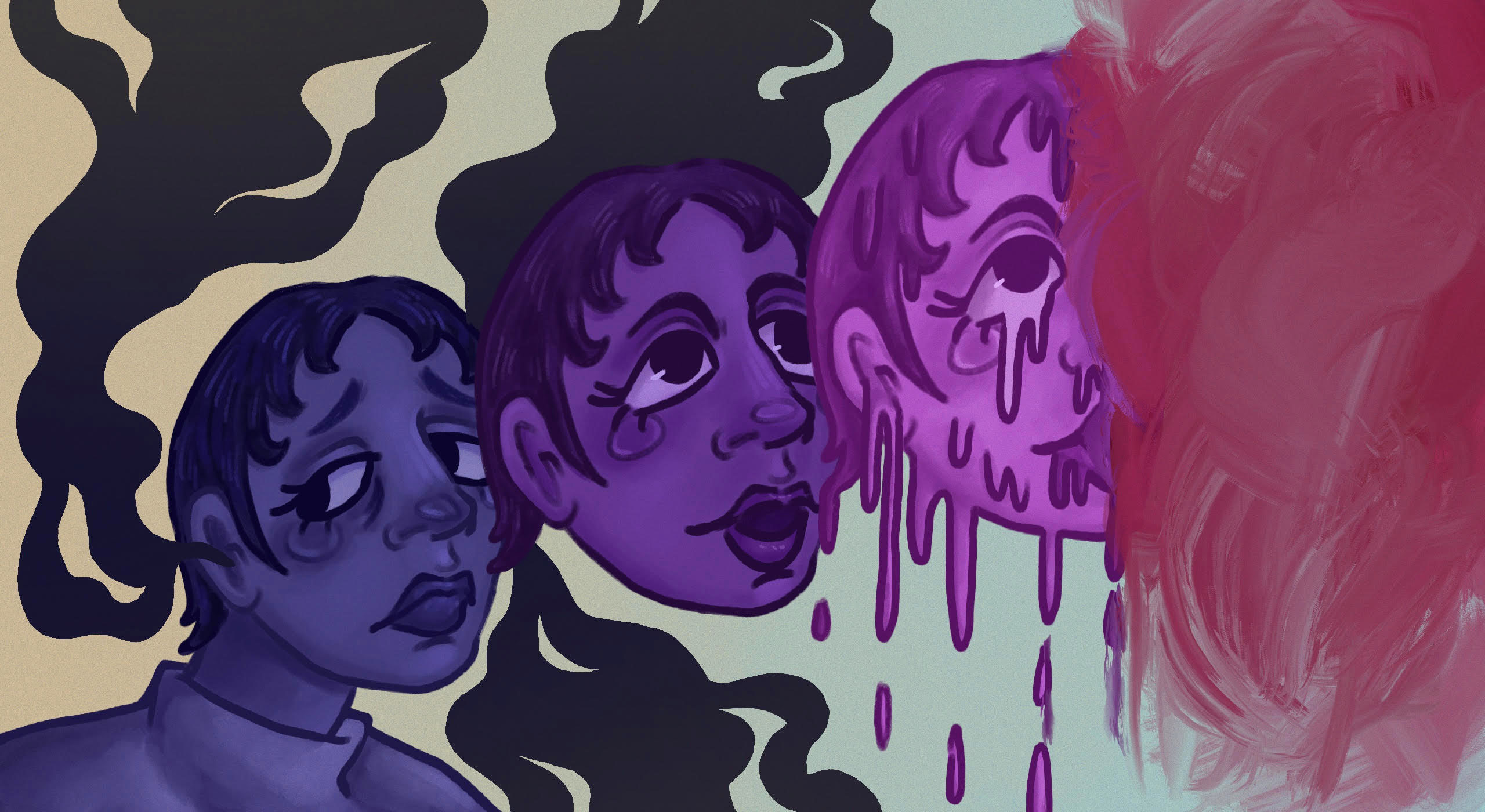The Tortured Artist
If you’ve seen the long-compared films “Whiplash” or “Black Swan”, you’ve seen the maximum extent an artist can suffer for their work. Andrew Neiman (“Whiplash”) and Nina Sayers (“Black Swan”) are textbook examples of the tortured artist. They were tortured by both their life circumstances and the art itself. This article will focus on the latter, when artists put themselves in compromising situations for the sake of their art — something that many of us are all too familiar with.
One of the main reasons for this is that we see our art as an extension of ourselves rather than as its own entity. That the extent of how good our work is reflects our worth. This is evident in the way Nina’s reflection started to change the more she got into the Black Swan role — it took on a life of its own. These changes happened due to the pressure she was under from the show director, Thomas Leroy, as well as her mother. The same can be said about Andrew who was verbally abused by the band conductor, Terance Fletcher. As understandable as it is that Andrew and Nina had to push themselves beyond their capacity due to the pressure they were under, they would have never taken it as far as they did, had they not minimized the value of their existence to their art. Putting our hard work out for critique and receiving negative feedback can often feel like a blow to ourselves and make us fixated on making perfect art that validates who we are.
That leads to the next issue, one that Nina personifies— perfectionism. Playing the Black Swan exactly as it was written without making a single mistake is what made Nina unfit for the role. Her foil Odile, on the other hand, paid less attention to the rules and focused on expressing the emotional aspect of the character she was portraying rather than the technical. She trusted in her skill, allowing her passion to control each move. This is not to say that Nina and Andrew didn’t have passion. Their passion overflowed, maybe even too much. The problem was that their passion was misplaced. It was aimed at the outcome rather than the process. They lost sight of the triumphant moment when failure turned into growth and started to see their failures in isolation. Because these flaws were viewed under a false perception, both characters were driven crazy by them—resulting in two of the most turbulent and anxiety-inducing climaxes I’ve ever watched.
Ultimately, Andrew and Nina’s stories ended in completely different ways. At the moment where it mattered most, when Andrew was finally performing as the drummer in a band directed by an accomplished conductor, he had the epiphany that he was in control of the art. He let go of the pressure and delivered his life’s most emotionally charged performance. Nina also let go, but she did this when it was too late, leading her to sacrifice her life for the perfect performance.
It’s clear that both “Whiplash” and “Black Swan” show extreme cases of compromising one’s sanity for the sake of their art, but I think the underlying messages are relevant to most artists. This conversation doesn’t by any means end at what’s discussed in this article. There are other facets to it, like the discussion around actors who practice extreme method acting. There are also anomalies like Marina Abramović and Lucy Bull who use endurance as part of their art.
If there’s one thing you should take from this article, it’s to occasionally zoom out—take a step back from your work and remember why you enjoy doing it. Never forget your value, learn from your mistakes, and—most importantly—don’t forget to take breaks.
